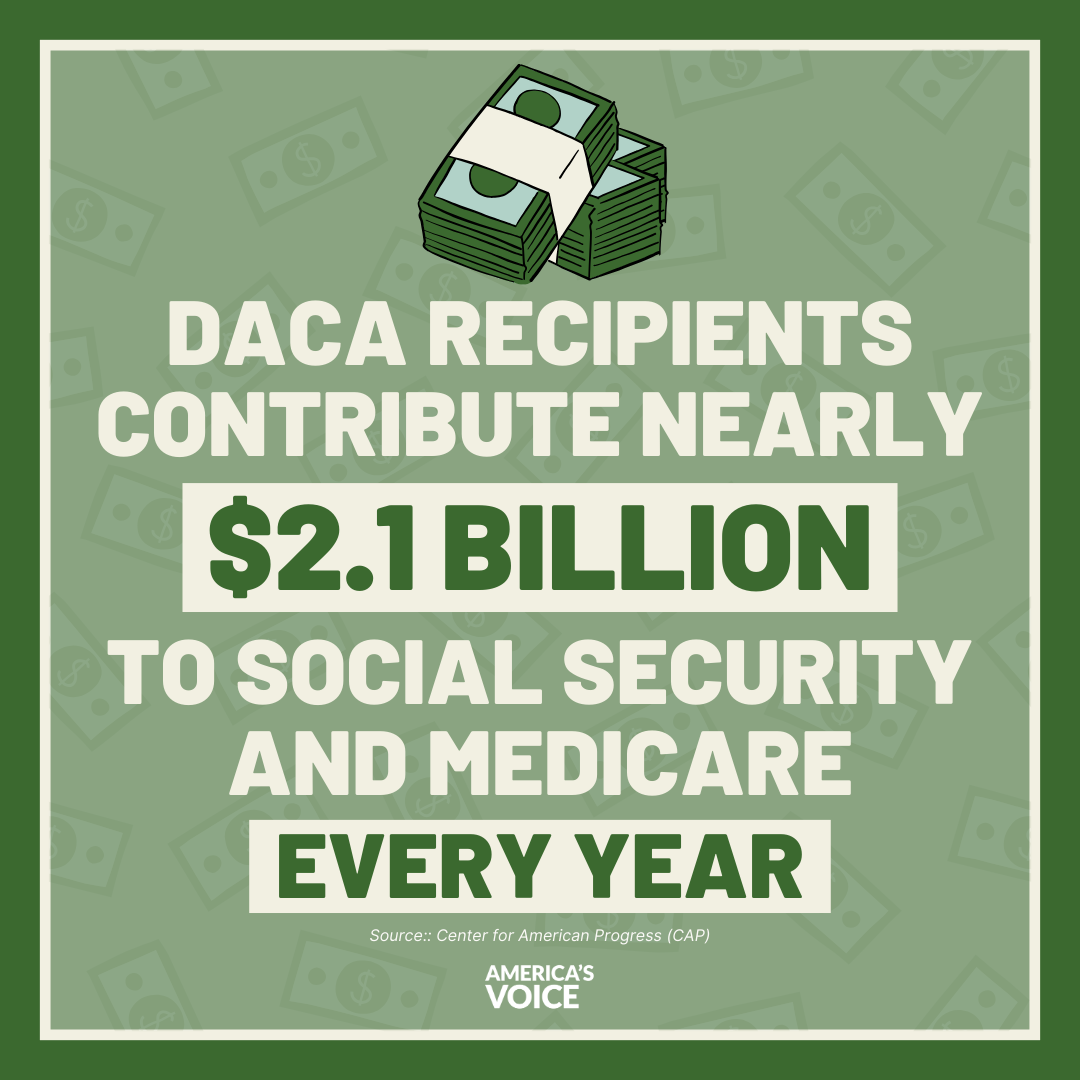WHAT IS A DREAMER?
When it comes to immigration and immigration reform, a “Dreamer” or “DREAMer” refers to an immigrant youth who was brought to the US as a minor and who remains undocumented. The term is somewhat outdated, as many prefer to be called “immigrant youth” or “young immigrants.”
“Dreamer” originally referred to the Development, Relief, and Education for Alien Minors (DREAM) Act, a piece of legislation that would have given immigrant youth legal status and a path to citizenship. Some Dreamers today have Deferred Action for Childhood Arrivals (DACA) status; we’ll discuss the Dream Act and DACA below.
While most Dreamers are Latino, they are a diverse group and come from many countries and cultures. Seven of the top 24 countries for Dreamers are in Asia, Europe, or the Caribbean. Tens of thousands of Dreamers come from South Korea, the Philippines, India, Jamaica, Tobago, Poland, Nigeria, Pakistan, Brazil, the Dominican Republic, and Guyana.
WHAT DOES IT MEAN TO BE A DREAMER?
Typically, Dreamers were brought to the US as young children or teenagers by their parents or relatives. Three-fourths of Dreamers have lived in the US for the majority of their lives, and three-fourths came to the US before 2012 – meaning they have lived here for more than a decade. They have grown up as Americans in every way but on a piece of paper, speaking English, attending US high schools, and going through American rites of passage (alongside those from their own cultural traditions).
Some Dreamers don’t realize they are not US citizens or legal permanent residents until they come of age and realize that they do not have papers.
Historically, Dreamers – like other undocumented immigrants – were not able to drive, access in-state tuition for college, purchase health insurance, travel out of the US, or legally work. They were also subject to deportation at any time despite having spent nearly their whole lives in the US. DACA (and state legislation in some cases) dramatically changed the circumstances for many Dreamers.
Dreamers can hold other immigration statuses, such as Temporary Protected Status (TPS). Some Dreamers can eventually adjust their status and become legal permanent residents or US citizens through marriage, family sponsorship, or other avenues. However, that is not an option available to many or most Dreamers.
WHAT IS DACA? WHAT IS THE DREAM ACT?
The Dream Act was first introduced to Congress in 2001. It would have created a pathway to citizenship for immigrant youth. A version of the Dream Act has been introduced in every Congressional session since then (including in 2023), though it has never been passed by the full Congress. The closest the Dream Act has ever come to becoming law was in 2010 when it passed the House but fell short by five votes in the Senate.
On June 15, 2012, then-President Barack Obama issued a memorandum implementing Deferred Action for Childhood Arrivals (DACA). For the first time, many Dreamers were allowed to work and drive legally. Like the Dream Act, DACA allows Dreamers to come forward, pass a background check, and apply for work permits. They can obtain jobs to help pay for college, and in many cases, qualify for in-state tuition. They are protected from deportation, and can travel abroad under certain circumstances. However, DACA is not available to every Dreamer – the list of requirements is here – and it is not a permanent protection. DACA status must be renewed every two years.
WHAT HAPPENED AFTER DACA? HOW DACA AND DREAMERS CONTRIBUTE TO THE ECONOMY
A great number of reports have documented how Dreamers who were able to access DACA have flourished. DACA has allowed immigrant youth to pursue their dreams, helping their families, communities, and the larger US economy. After DACA was implemented:
- The number of Dreamers with a Bachelor’s degree tripled
- Professional job attainment for DACA recipients grew by 34%
- The incomes of DACA recipients more than doubled
Today, DACA recipients own more than 68,000 homes across the country, have founded 12,000 US companies, and pay $6.2 billion in federal taxes (and $3.3 billion in state and local taxes) each year.
AMERICANS SUPPORT DREAMERS AND DACA
Americans have always strongly supported Dreamers; poll after poll finds that most Americans support legal status and a pathway to citizenship for immigrant youth. A 2022 Midterm Election Voter Poll found that 68% of voters supported Congress passing a law right after the election to protect Dreamers and DACA recipients. Latino voters in particular, strongly support such a law, and polls have found that even a majority of Republicans think that Congress should act.
There’s more! Read about what happened once Trump ended DACA here.
Originally published November 2017; last updated March 2024.



